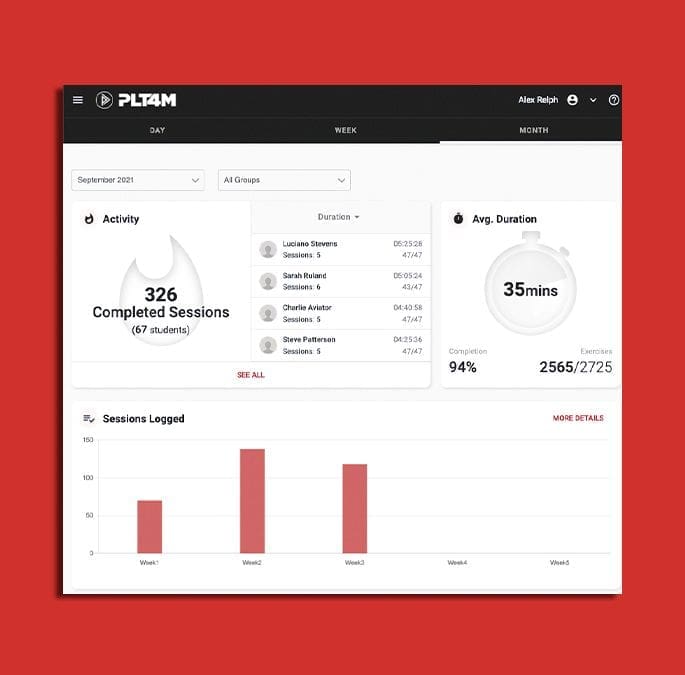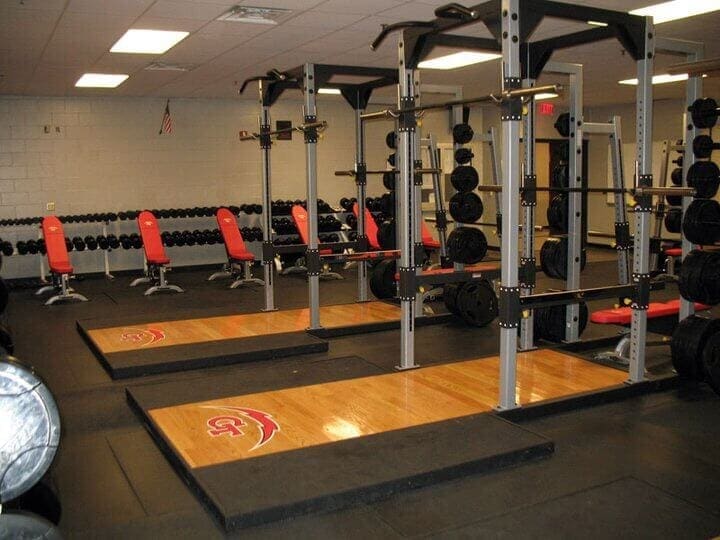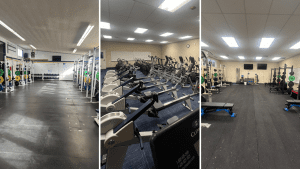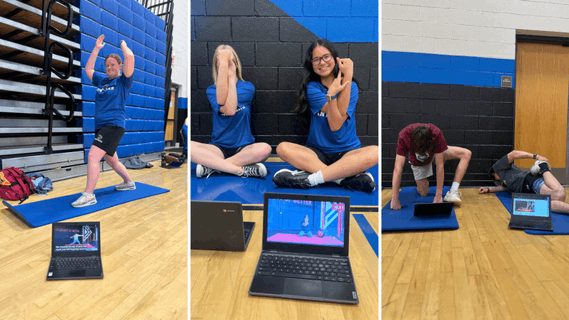Great High School Coaches know that no one practice, lift, game, week, or season makes a program. Truly successful programs treat their culture as something that must be invested in continuously over the long term.
Great programs are marked by coaches and athletes that feel engaged and unified year round.
Creating such a culture is easier said than done, though.
At Glenwood High School in Illinois, for example, new head coach David Hay faced an uphill battle in reestablishing and expanding the culture of a historically successful program.
The first challenge was addressing the recent shift toward sport specialization that had taken a toll on each team’s roster numbers. Very few Varsity athletes played multiple sports.
To expand the number of multi-sport athletes participating in football, as well as all the other sports, David knew he needed a training approach that was built for multi-sport athletes with appropriate in-season and off-season training.
Second, he needed to be prepared for large numbers and complex schedules. Managing, tracking, and providing feedback to a large number of athletes was going to require a well thought out plan of attack.
Step 1: Ask the Experts
Legendary Coach John Wooden once said, “Failing to prepare is preparing to fail”, and this couldn’t be more true when it comes to off-season workouts at any level of athletics. So often, we see high school teams dive into training the moment the season ends. They do so with great intensity, but too narrow a focus, and lacking a larger plan.
The key to any good training program – above movement choices, reps, weights, etc – is having a PLAN.
If you operate workout to workout, you’re missing out on the true benefit of a complete training program. What’s more, you cannot establish any sort of off-season culture with such an ad-hoc approach.
A good training program, like great culture, is built from the top down. It should address a number of universal considerations before it ever dives into exercise selection, sets, reps, or anything else.
David wanted a truly impactful training regiment that could serve as the bedrock of his program. And he wanted to do it RIGHT. So, they asked the experts.
Coach Vondel Edgar, who taught the Athletic Physical Education class reached out to nearby University of Illinois-Springfield. Working with the Director of Strength and Conditioning there, he and Coach Hay set out to develop a program with two goals in mind.
First, he needed the program to be holistic, and focus on developing a complete athlete. It was critical that the training program work for EVERYONE, not just the football team.
Second, with Athletic PE classes throughout the day, they needed the program to fit the precise time frames and equipment availability of each class.
Step 2: Engage the Kids
Having the program in hand was an excellent start, but now they needed to get the kids to buy-in.
The goal was to find a way to motivate his athletes, to create a sense of ownership and accountability to their training and team day in and day out.
In the end, Glenwood decided to utilize PLT4M. As an online strength and conditioning software, PLT4M offered them the ability to input their own program. They could then deliver workouts to Glenwood athletes via phones and Chromebooks which were personalized according to their individual metrics.
With personalized workouts in hand, the ability to enter and track results daily, and the chance to see improvement in real-time, the athletes bought in, FAST.

Step 3: Create Team Unity
Now, it was all about cementing a true team culture amongst ALL teams at Glenwood.
Chemistry, camaraderie, commitment comes from shared struggle, and shared progress. If Coach Hay wanted to build a better TEAM, he knew Glenwood athletes must work together under a common banner, per se – that of the Glenwood Titans.
ALL. YEAR. ROUND.
So what does it look like today? Fall, winter, and spring athletes all work together in athletic strength classes, regardless of whether they play one, two, or three sports. They share a common struggle.
The program encourages more participation and less specialization. Coaches have joined together to combine workouts in the summer and share the very precious time of modern high school athletes. But, they are still able to be high school kids. They are able to train and see results, while competing in as many ways as possible. This builds better teams, but more importantly, it builds kids of character.
The Results:
Glenwood’s hard work has been a resounding success.
With professionally built programs designed to develop the total athlete, new-age delivery and tracking to engage and motivate, and a reinvention of the Glenwood culture, the school’s program is off and running.
This past season, Glenwood Football went 9-2, and won a Conference Championship. Glenwood Soccer advanced to the regional championship, while the Basketball team completed a 20-win season. Glenwood Wrestling qualified for the Illinois State Tournament, and the Baseball and Track teams are highly successful thus far in the Spring season, and currently have their sights set on more championships banners for the Glenwood Gymnasium.








